
Considerations for finding your new helmet when you cannot go to the shop to be fitted….
Start With Basics
Start with the head measurement taken, ideally with a soft measuring tape. (Don’t have one? A length of ribbon or hay string will work in a pinch to compare with a yardstick.)

- Measure the circumference starting 2 fingers or approximately ¾” above the eyebrows. Place the tape just above the ears and over the “bump” at the back of the head. The tape should be snug (like a nice hug). But not so tight that you might end up with a headache from the squeeze.
- Hair can make a big difference so measure twice if you have different hairstyles for just riding vs showing with your hair up.

Write Measurements Down
Write the measurement down ideally in both inches and in centimeters. Helmets can be sized typically in 4 ways: small, medium ,large etc; in inches (example 22”); in centimeters (example 57) or hat size (example size 7). Each helmet brand has a size chart to compare with your measurements. If you are between sizes, you should typically size up. You should not “size for future growth”, but there are some systems that allow for SOME adjustment if the rider is growing. Or your hair styles are different from day to day.
I have included a size chart from Charles Owen Helmets for reference below (check your specific brand for the proper size chart):

Rider Head Shape
This is also a good time to consider the shape of your head. Are you more round or more long oval? Look in the mirror to see if you have a long length from the top of your ear to the top of your head or not so much? Most helmets tend to be more oval than round because most heads follow that too. If most helmets feel tight from front to back you might need a specific long oval model. If they are tight on the sides or push up toward the top of your head, look for a round helmet model. The depth of the helmet relates directly back to how much height you have from the top of your ear to the top of your head. This aspect does not really relate specifically to the circumference or helmet size, but it does impact your helmet comfort and stability.

A great way to tell what shape your head is from a birds eye view! Have someon look down on your head to see what shape you are!
- When your order arrives, you should try it on with the hair style you had when you measured your head. Whether up for the show ring, pulled back for comfortable daily use, or my own method (short hair).
- How does it feel? Is it snug like a nice hug all the way around? It should be snug, not loose but not so tight that you give yourself a headache. It should be deep enough – sitting just above your ears and not so low that the brim blocks your vision. Nor so far from you ear that the helmet “pops off” of your head. If you have loose areas or the helmet can be easily rocked around on your head, this is not the helmet size for you. In general if you gently move the helmet front to back and size to side, your scalp should move with it.
Adjusting Your Helmet
- The harness is not designed to hold your helmet on your head if it does not fit. Ideally the V of the harness sits close to your earlobe. It should be snug enough when fastened that you can fit no more than 2 fingers underneath it. If you yawn moderately, the strap should not be able to slip over your chin.
- If the helmet is equipped with a dial system of adjustment, loosen (open) it before you put on the helmet. Remember – righty-tighty, leftie loosy! Tighten (close) the dial to secure it below that “bump” you measured over in the beginning. Some helmet brands provide for some shape adjustments. A thick and thin foam insert, or a fold-up flap to create a more long oval fit. Or even an adjustment to make the fit more shallow or more deep in addition to a dial fit.
Helmet Life
If the helmet feels securely snug;
- Allows for the adjustment of the harness as I have described above
- Does not interfere with your vision (sits too deeply on your head and perhaps too low over your ears
- Does not feel like it is popping off your head or is only secured by the harness cinched tight below your chin
You have found a helmet that should serve you well for the life of the helmet, which is 4-5 years from the time the helmet is worn!
Remember that all ASTM-SEI Safety Helmets provide single impact protection, which means that if you fall and hit your head the helmet needs to be replaced, even if you do not see outside damage.
I have tried to provide an easy do-it-yourself guide to properly measure your head for a correct helmet fit, when you do not have access to a store with trained helmet fitting staff. Remember that helmets only work when you wear them. This particular safety item is not something you should purchase with “room to grow” for a youth rider. Always remember to register your purchase with the maker (or distributor). That registration will save you money if you suffer a fall and find yourself in need of a replacement in the first couple of years after making your initial purchase!
Enjoy the Ride (Safely)!














































































